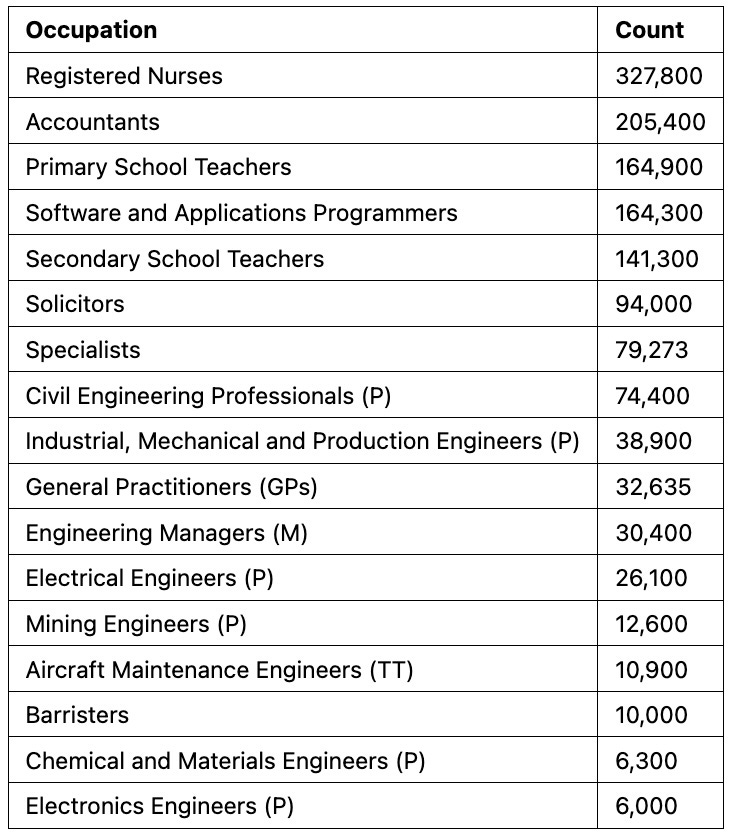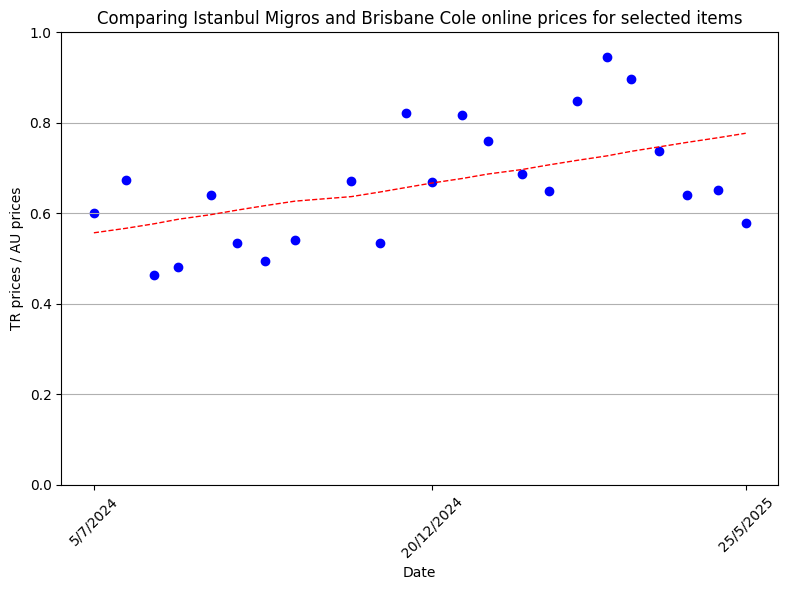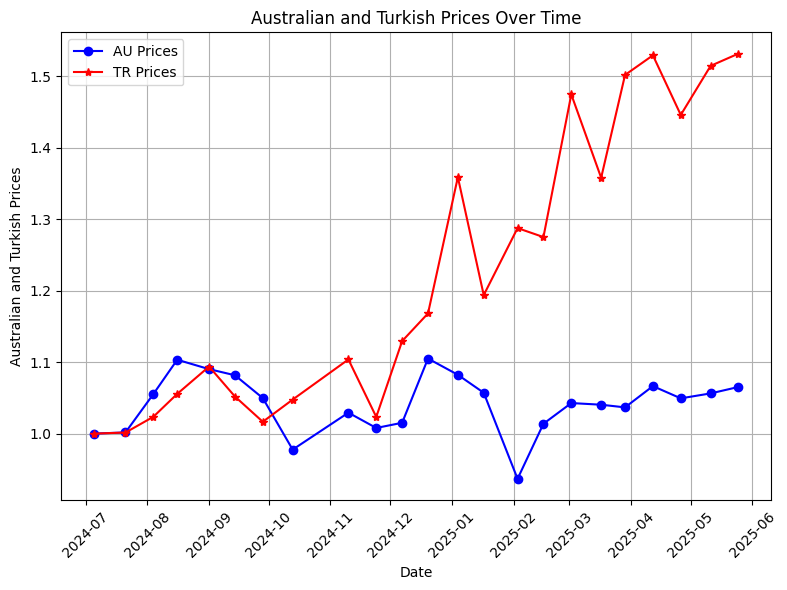How is AI changing work?
If you or someone you know is finishing high school, this post may help them to decide them making a career choice
If you like what you read, copy and share the link, post it on another platform.
Please also subscribe to make sure you will not miss future posts. Subscription is free. Your email will not be used for other purposes. You will receive no advertisements.
-+-+-+-+
I continue the theme I began a month ago on how AI is reshaping the nature of work. Any meaningful discussion on the future of jobs must begin with some assumptions about how AI technology will evolve.
AI today is mostly a tool of mimicry. It imitates understanding without a true grasp of the content it reproduces, and it cannot yet use distinct knowledge bases with precision or reliability. If you’re unsure what I mean by “distinct knowledge bases” or how current LLMs fail to interact effectively with them, I encourage you to read my other blog, TeachWithLLM. In a recent post there, I concluded:
“I am now convinced that it is not going to be possible to use an unstructured knowledge base, such as a text file, with an LLM tutor. I had suspected this, based on my understanding of how LLMs work—see my March 2023 post—but it is good to have this confirmed through my own experiments.”
That said, the technology is evolving rapidly. Some, mostly from within AI companies, claim that we are close to achieving Artificial General Intelligence (AGI). I disagree. I believe we are at least forty years away. Here’s why:
Today's LLMs can be traced back to Hopfield networks, first introduced in 1982. It has taken forty years to get from Hopfield networks to ChatGPT. Currently, I see no technology on the horizon capable of generating a new, non-LLM-based AI paradigm—one that could realistically deliver AGI. And I do not believe LLMs alone can get us there. Some argue that ChatGPT and the rest help accelerating scientific discovery and may shorten the timeline to AGI. This may be true, but even then, I doubt the timeline will shift dramatically.
AI companies promote the idea that AGI is imminent partly to maintain the investment focus on themselves. They want to discourage the rest of us from developing applications around current LLMs. If AI becomes commoditised, then the value shifts from the models themselves to the tools and applications built on top of them. Therefore, they want us to wait and support them to get to the AGI, which will change the world. But I don’t believe this strategy will work for long. People will not sit idle while waiting for the arrival of the AGI. I expect we’ll soon see a wave of new AI-powered applications transforming workflows across many sectors. Naturally, this will also reshape the nature of work itself. I discussed this general trend in earlier posts such as Waiting for the AGI!? and Competent Intelligence is Here—Will It Do Engineering?
This week, I want to speculate about the likely impacts of these developments on specific professions. I hope you find my reflections useful—or at least thought-provoking.
Options for High School Graduates Today
It’s useful to start by looking at the current employment landscape. The table below shows the distribution of Australian workers across various occupations in 2021, based on responses to the national census. The data is sourced from profile.id.com.au.
I will restrict my crystal ball gazing to job categories listed under the heading of Professionals. These are the tertiary educated knowledge workers who are going to be most affected by the AI technologies.
Professionals
This category includes a wide range of occupations. I constructed a detailed table using figures from multiple sources, not all from the same year. The breakdowns for engineers and lawyers are from Australian Jobs 2023, while the figures for doctors are from the Australian Medical Board (via ChatGPT). The remainder is based on the 2021 Census.
I created this table because I want to reflect on AI’s impact on real-world professions in Australia—rather than speculate in abstract terms. Let’s examine them one by one.
Registered Nurses
If you are leaving high school this year and if you think a nursing career may be your calling, go ahead and start a nursing degree. AI is unlikely to replace nurses anytime soon. Even with the advent of humanoid robots, entry-level as well as senior nursing jobs will remain safe for quite some time. If anything, these roles may become more engaging. Notably, humanoid robotics does not require AGI—so the nature of nursing environment may change during your career well before the arrival of true general intelligence. These robots may be taking over from orderlies and other support workers; but nurses will remain in the hospitals because the human interaction part of a nurse’s job is difficult to be done by a robot. In fact, we will be needing more nurses as the population ages.
Accountants
Specialist accounting roles—such as tax, cost, audit, and forensic accounting—will likely remain secure at senior levels. However, entry-level pathways may be disrupted. Agentic AI is poised to transform enterprise software systems, making them usable by non-specialists. In large organisations, many accountants serve as gatekeepers of these complex systems. That role may fade—just as typing pools did with the rise of personal computers.
Primary School Teachers
There is little risk of AI replacing primary school teachers in the foreseeable future.
Secondary School Teachers
Secondary teaching is also relatively secure, but we may see a shift toward more generalist teachers. AI tutors will likely enable students to cover subject content at their own pace, freeing up classroom time for discussion, collaboration, and training in life skills. Generalist educators will be well positioned to guide these activities.
Computer Programmers
Programming profession is already being transformed by AI. Every day, it is easier for non-programmers to create functional software using LLMs. This will continue. At first, the demarcation within the software ranks will disappear. For example, the traditional boundaries between front-end and back-end development may vanish soon. So will the walls between different programming languages and IDEs, because the skills obtained in one will be easily transferrable with the LLM help. Eventually, while programming as a profession won’t vanish, the demand for dedicated specialists will decline as larger portions of the workforce will start writing and executing their own programming scripts to harness the LLM power to do specific tasks.
Lawyers
In jurisdictions like Australia and the UK, law graduates may become solicitors or barristers. Solicitors handle general legal work (contracts, wills, etc.), while barristers specialise in courtroom advocacy.
Today, junior solicitors perform tedious yet essential tasks such as document review and case research. These tasks are prime candidates for automation. As a result, firms may hire fewer graduates, making it harder to gain experience. Barristers will likely remain in demand but may also reduce their reliance on junior solicitors, using AI for preparation instead. So, gaining a foothold in the legal profession may become more difficult for law graduates in the future.
Engineers
Engineers are not at risk of losing their jobs en masse, but the nature of their work is set to change significantly. Tasks such as modelling, simulation, and analysis (e.g., FEA, CFD) will increasingly be handled by AI. Today, product development can take years to progress from concept to market—but AI will dramatically shorten this timeline, enabling rapid prototyping and more customised solutions.
Future engineers will be more design-focused and customer-oriented. They will need the capability to translate user needs into conceptual solutions, which dedicated AI engineering tools can rapidly develop into finished products.
Engineering education will hopefully respond to these changes. If industry demand overrides academic inertia, we may see the rise of general engineering degrees within a decade. These programs would equip graduates to perform tasks currently siloed within disciplines like mechanical, civil, and electrical engineering. The acquisition of a broader skill set and the ability to operate across the board will be made possible by what I call competent AI—LLMs combined with specialised analytical software.
GPs and Specialists
I think General Practitioners will be able to provide better care and give better advice with access to a AI helpers. This may make reduce the number of referrals to specialists because the GPs will have the ability and the confidence to do the right calls in some instances. On the other hand, the Australian Medical Association (AMS) is a very powerful lobby and it is dominated by the specialist college representatives. Therefore, they would try to discourage the GPs from doing so.
All specialists will start using AI of course and in some specialisations, AI may start making increasingly better calls than the specialists themselves.
Conclusion
In short, while the path to AGI remains uncertain, the current generation of AI tools has already started reshaping the jobs landscape. Rather than wholesale job replacement, we’re witnessing a shift in roles, required skills, and career trajectories. For today’s students and young professionals, adaptability, design thinking, and cross-disciplinary fluency will be more valuable than ever.
Most important of all, the future of work won’t be defined by competing with AI, but by learning to work creatively alongside it.
-+-+-+-+
Comparing Istanbul and Brisbane prices - AT index
Based on my basket of goods, Australia is 82% more expensive this week compared to Istanbul. Both Coles (AU) and Migros (TR) prices are expressed in Turkish liras for the items in the basket on 11 May 2025. I converted Coles prices to Turkish liras at the exchange rate of 1AUD=25.53 TRY.
Although the trend (the red dotted line) is rising, which means that, since 5 July 2024, the Turkish prices have been slowly approaching the Australian prices, it started flattening in recent months. Some items, e.g. beef mince and rice, are more expensive than in Brisbane and has been consistently so since I started this chart.
The following chart shows the variation of the total cost for the basket in each country separately taking 5 July 2024 as the base.
Wages
The Australian minimum wage was increased to almost $25/h on 3 June 2025. This corresponds to A$4000/month for a 160-hour month. The Australian workers being paid the minimum wage are about 2.6 million or about 18% of the total Australian work force.
The minimum wage in Turkey is 26,000 TRY/month. At the current exchange rate this corresponds to A$1018/month.
The code to create the above tables and the charts is in my github repository and can be downloaded if you are interested.




